Apple's latest spatial computing update lands as evolution, not revolution. The M5 Vision Pro delivers enhanced processing power through its advanced chip architecture, according to Apple Gadget Hacks. Upgraded hardware sharpens the display and stretches battery life, and a completely redesigned head strap tackles one of the original model's most criticized issues. Apple keeps pouring time and money into this premium platform, a sign it sees spatial computing as core to its future, even as the device holds at a steep $3,499 and still shows first-generation limits.
What makes the M5 chip worth the upgrade?
The heart of this update is Apple's move from the M2 to the M5 processor, built on advanced 3-nanometer architecture. This newer silicon lets the headset render 10% more pixels on its micro-OLED displays while supporting refresh rates up to 120Hz, as reported by Tom's Guide. Does it show? The extra headroom produces crisper visuals and less motion blur during passthrough, according to Tom's Guide.
Performance gains go beyond sharpness. The M5's efficiency stretches battery life, with Apple rating the new model for 2.5 hours of general use and 3 hours of video playback, a 30-minute bump over the previous generation, Mashable notes. The chip also speeds up AI-driven features like Spatial Persona creation, so the whole system feels snappier.
PRO TIP: The performance boost is most noticeable during demanding tasks like Mac Virtual Display mode, where Six Colors reports the M5 model achieves "much closer to the ultra-crisp resolution we expect from our Mac displays."
With 23 million pixels across the displays (Apple's spec), the original M2 was already working hard. The new silicon powers those displays more efficiently and unlocks extra pixels in the foveated area you are looking at directly, like a free display upgrade from a processor swap.
How does the new Dual Knit Band change the experience?
The most immediate win is the redesigned Dual Knit Band, which takes aim at the comfort complaints that dogged the first model. This headband blends the soft mesh feel of the Solo Knit Band with the stability of the Dual Loop Band, Tom's Guide explains. Upper and lower straps are 3D-knitted as one piece, so you get better cushioning and breathability.
Tungsten inserts help distribute weight more evenly across your head, though the device itself has gained weight, now ranging from 26.4 to 28.2 ounces compared to the original's 21.2 to 22.9 ounces, according to Tom's Guide. Even so, reviewers call the new band a notable comfort upgrade, with Mashable calling it "a huge upgrade" that is more comfortable, more adjustable, and easier to use than before.
Adjustment is simpler, too. A single Fit Dial now controls both the rear and top band tensions at once, which makes dialing in a secure fit faster, Six Colors reports.
The original Vision Pro's comfort issues were not minor annoyances; they stopped long sessions cold. The new band changes how that weight sits on your head; the 3D-knit feels more like a premium athletic headband than rigid straps. The breathability boost stands out during longer sessions, and that single dial makes daily use smoother.
Are the software and ecosystem improvements keeping pace?
Hardware takes a clear step forward. Software tells a more mixed story. Apple's own apps still lead the way, especially the Photos app's Spatial Scenes that turn 2D shots into 3D moments, Tom's Guide highlights. The Apple TV app adds more immersive video, from flying above Hawaiian volcanoes to sitting in Yankee Stadium during games.
First-party experiences show the platform at its best. The new widget system lets you pin information anywhere in your space, so your room can act like a live dashboard. Tom's Guide notes that you can "place them anywhere in the room and they'll remain persistent," with widgets snapping to surfaces that feel "like they're part of the wall."
Third-party support still lags. Netflix and YouTube lack dedicated apps, which means Safari workarounds, as Tom's Guide notes. Google services and Meta apps like Instagram are missing, too.
On the gaming side, the device now supports Sony's PSVR2 controllers, but only four games use them right now, Six Colors reports. Apple Intelligence brings Image Playground and Writing Tools, yet skips Visual Intelligence, a notable miss given the headset's cameras and spatial focus, according to Tom's Guide.
That gap feels bigger as the platform approaches two years on the market. Lacking Visual Intelligence, essentially the analysis of what the cameras see, still leaves a huge opportunity on the table.
Is this still a beta experience at premium pricing?
The M5 Vision Pro moves Apple's spatial push forward, but some fundamentals have not changed. The device starts at $3,499. It still uses an external battery pack, and sessions are relatively short between charges. The headset often feels like a first-generation product that benefits from breaks and careful session planning, Mashable observes.
Competition is heating up, with Samsung's rumored Galaxy XR headset expected to weigh significantly less at just 19.2 ounces compared to the Vision Pro's 26-plus-ounce heft, Tom's Guide mentions. While Apple refines its approach, rivals seem to be chasing lighter, more approachable gear.
The Vision Pro still sits in an awkward middle ground, too expensive and too limited for mainstream buyers, yet incredibly capable for the right jobs. If you are a designer who can justify a $3,499 spatial display, or a developer building for the platform, the M5 changes matter. For everyone else, waiting on big shifts in weight, price, and app support still makes sense.
Even so, the headset delivers flashes of the future, from seamless Mac Virtual Display to immersive video, Tom's Guide notes. The M5 update steadies the foundation and, Apple Gadget Hacks suggests, sets the stage for more ambitious apps down the road.
Where does Apple's spatial computing vision go from here?
The M5 Vision Pro shows Apple's measured strategy. Rather than dramatic redesigns or price cuts, it targets key pain points while building technical headroom for what comes next. Faster AI performance and better thermal management open space for richer experiences, Apple Gadget Hacks explains.
That approach captures the promise and the friction of spatial computing. The hardware is now practical for more professionals and early adopters, yet the remaining gaps make mainstream adoption feel distant. Apple's continued investment signals confidence in the long game, even as Tom's Guide suggests the short-term fireworks have cooled.
Viewed through the ecosystem lens, the strategy clicks. The M5's added capacity looks like infrastructure for experiences that have not arrived yet, and stronger thermals should let future software push harder without sacrificing comfort. The Vision Pro's integration with the broader Apple ecosystem, especially Mac Virtual Display, still stands apart.
The big question is whether Apple can keep incremental gains coming while tackling form factor. A lighter, more affordable headset would solve many pain points, yet it is unclear if it could keep the premium feel that makes Vision Pro compelling despite its flaws.
The Vision Pro M5 is a better beta. It is more comfortable, more capable, and more refined than the first model, a clear stepping stone toward Apple's wider spatial ambitions. For those already in the ecosystem or pros with specific needs, the upgrades justify sticking with it. For everyone else, the smart move is to wait for bigger leaps in weight, price, and ecosystem maturity.







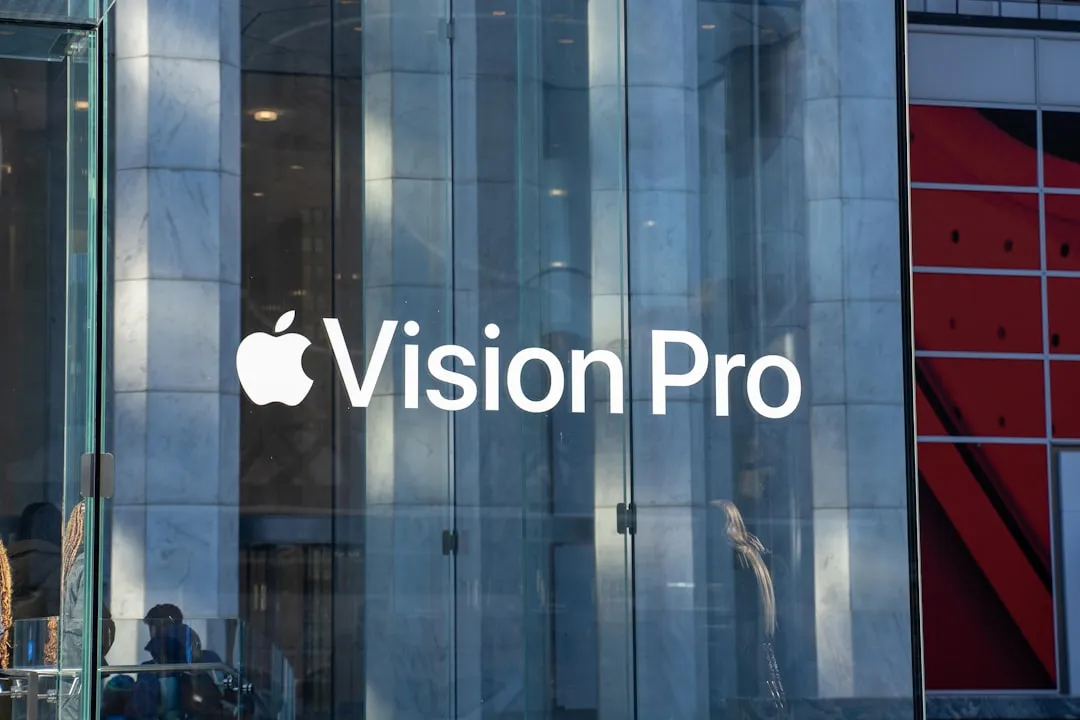
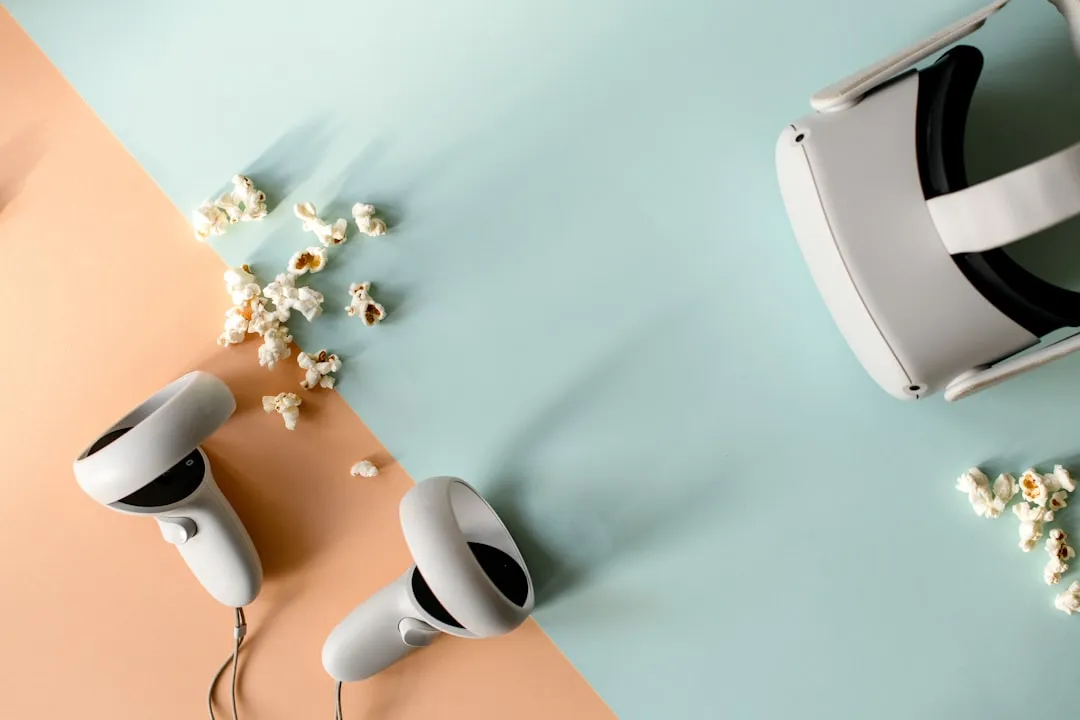

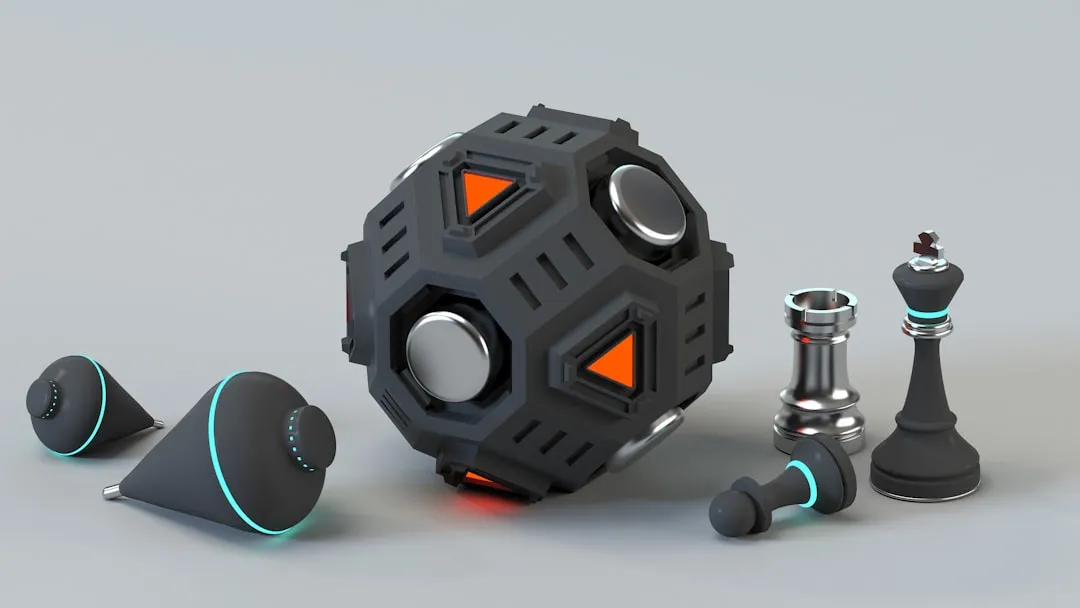

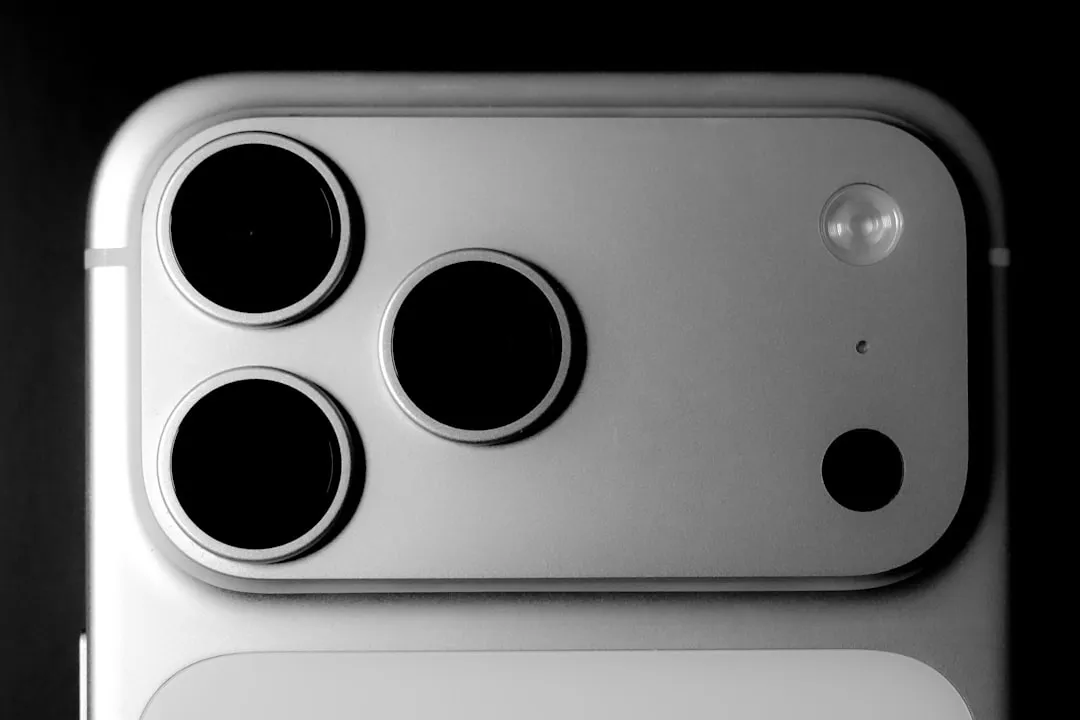









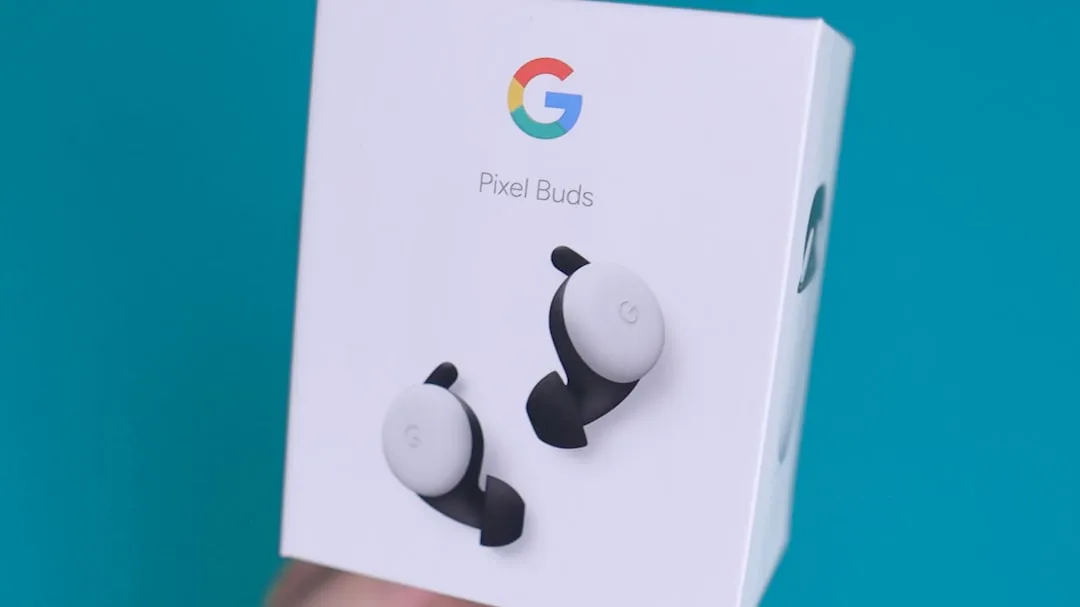


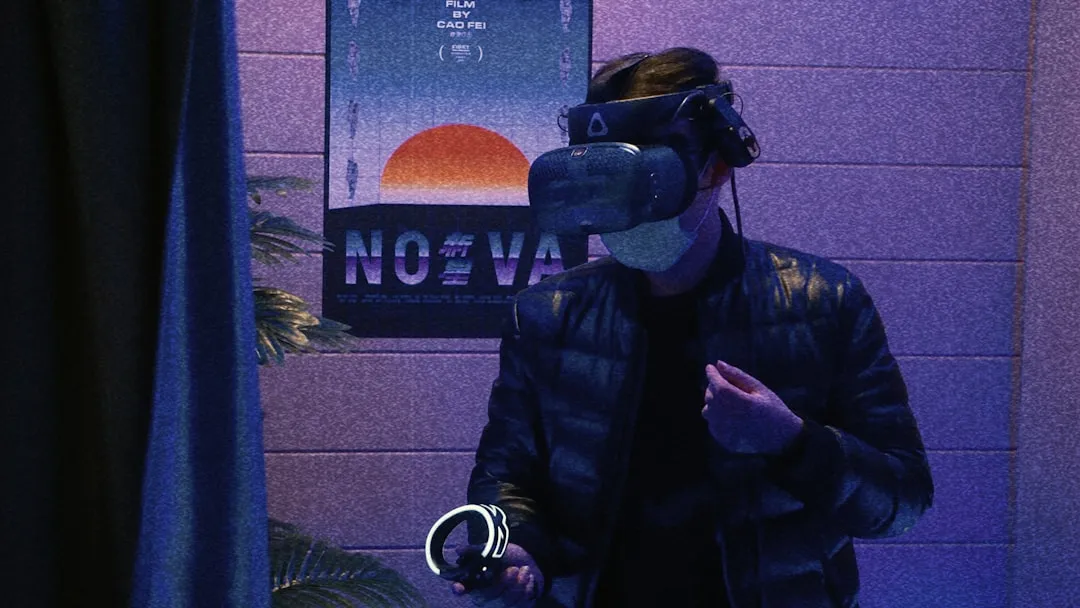
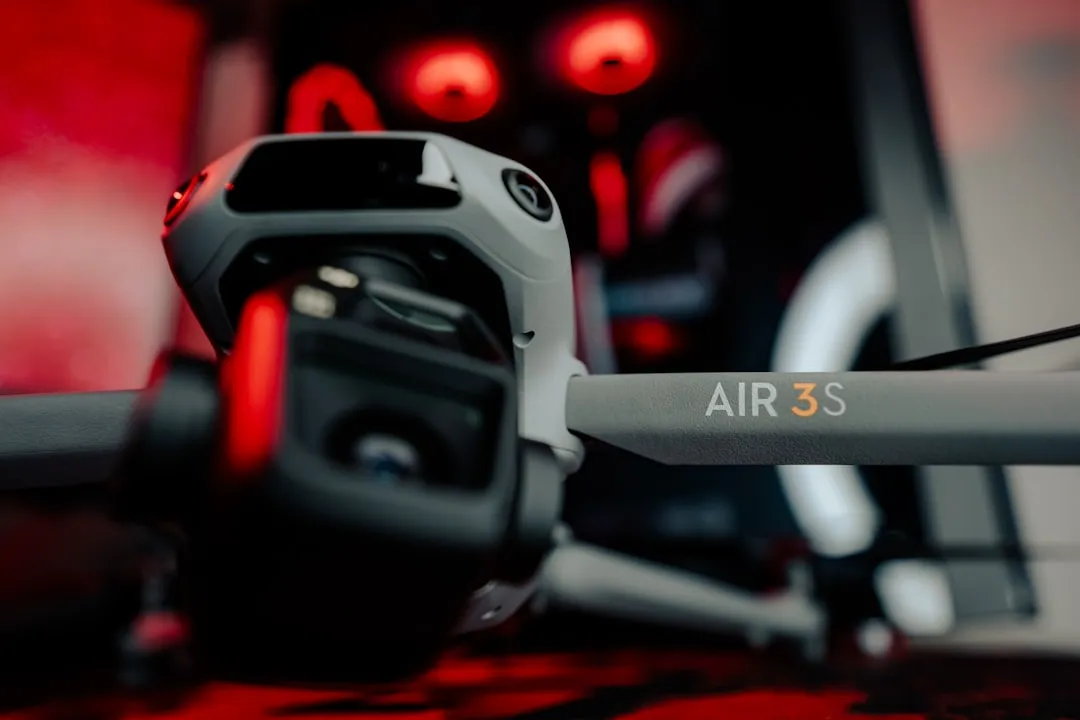

Comments
Be the first, drop a comment!